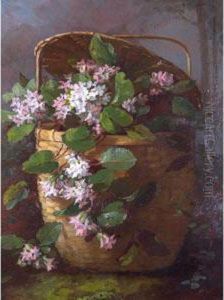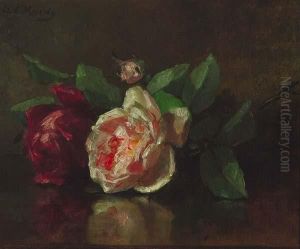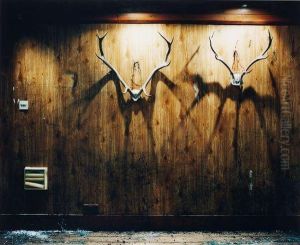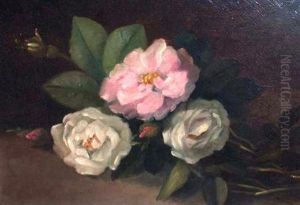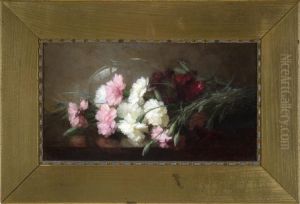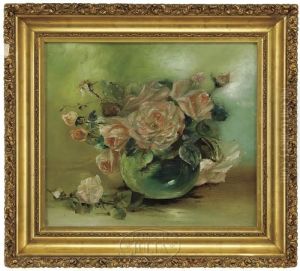Anna Elizabeth Hardy Paintings
Anna Elizabeth Klumpke, known as Anna Elizabeth Hardy before her marriage, was an American painter born on October 28, 1839, in San Francisco, California. Hardy is particularly renowned for her detailed and sensitive portraits, genre paintings, and still lifes. Her artistic journey began in earnest when her family moved to Switzerland and later to Germany, allowing her to pursue an education that was rich in artistic training. This European sojourn was crucial, for it immersed her in the cultural and artistic heritage that would profoundly influence her work.
Hardy's commitment to her craft led her to Paris, the art capital of the world at the time, where she sought to refine her skills and establish her career. Paris in the late 19th century was a hub of artistic innovation and provided Hardy, like many women artists of her period, with opportunities that were rare in other parts of the world. She enrolled at the prestigious Académie Julian, a progressive art school that was one of the first in Paris to admit female students. There, she was mentored by influential artists and teachers who honed her technical abilities and nurtured her artistic sensibilities.
Throughout her career, Hardy was known for her ability to capture the essence of her subjects with both realism and empathy. Her portraits, often of women and children, are particularly celebrated for their depth of emotion and meticulous attention to detail. Hardy's work was recognized in her time, and she exhibited across Europe and the United States, earning accolades for her contributions to the art world.
In 1885, she met the renowned French animal painter Rosa Bonheur, marking the beginning of a significant personal and professional relationship. Hardy's partnership with Bonheur not only influenced her artistic direction but also led to a lifelong companionship. Following Bonheur's death, Hardy dedicated herself to preserving the legacy of her partner, organizing posthumous exhibitions of Bonheur's work and writing the artist's biography.
Anna Elizabeth Hardy's legacy is not only in the beauty and sensitivity of her paintings but also in her role as a pioneering woman who navigated the complexities of the art world at a time when it was largely dominated by men. She passed away on February 28, 1934, in San Francisco, leaving behind a body of work that continues to be admired for its technical proficiency and emotional depth. Hardy's life and career stand as a testament to the enduring power of art to capture the human spirit.
